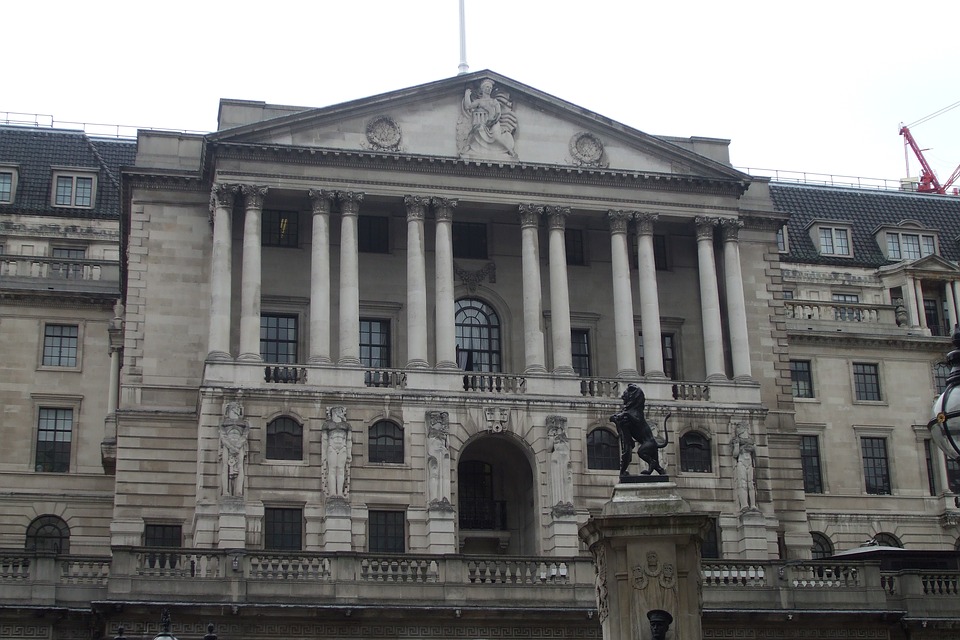51% of UK businesses believe geopolitical tensions, including Brexit, will have a positive effect on their business in 2020, according to new research released today by trade finance provider Stenn.
The study, which spoke to 250 senior executives at medium-large sized businesses in the UK conducted prior to the December general election, revealed that despite the prolonged uncertainty, businesses remain upbeat with 29% believing this positive effect will be ‘significant’.
While it’s unlikely a UK-EU trade deal will be in place until the end of the year, 56% of firms believe their company’s import business will grow in 2020, on average by 9%.
Similarly, in terms of exporting services, 57% of UK firms believe revenue will grow this year, on average by 11%.
Breaking this down, 15% of firms believe their export business will grow 11-15% in revenue, and 11% expect a growth of between 21 and 25%.
“The UK is on the cusp of leaving the EU and as we edge closer to the January 31st exit date the country is in an unprecedented stage,” says Dr. Kerstin Braun, President of Stenn Group. “As 2019 was marked by business uncertainty, 2020 will be the year that companies forge ahead with new growth strategies.
Looking across industries, growth for imports and exports is felt highest across financial and professional services.
The study showed 29% of firms in this sector believe their import of services will grow up to 25% in revenue this year, and a further 20% believe it will grow 26-50%.
“The general election provided businesses with much needed clarity surrounding Brexit and it’s wholly encouraging that even prior to the result, businesses have been feeling positive about the impact it will have. Businesses have been given the assurance they need to plan ahead to a post-Brexit era,” says Braun.
When looking at exports, 30% of financial and professional services firms also believe their export business will grow up to 25% in revenue, and 27% predict it will grow 26-50%.
In the manufacturing industry, 41% of senior executives believe their import business will grow up to 25% this year, and 32% believe their export business will also grow between 1-25%.
By comparison, just 12% of wholesalers predict the same high growth of between 26-50% in their import business, and 15% expect equal growth in export. Wholesalers are divided on whether their export business will grow or shrink between 1-25% this year (both 27%).
“While a Brexit trade deal probably won’t be agreed until the end of the year, businesses largely remain confident that both their import and export business activity will grow in 2020,” says Braun. “We know UK firms are looking to non-EU markets.
According to government data, as of October, exports to non-EU countries were growing twice as fast than those to the bloc, largely driven in part by the US and China, with total trade with the USA surpassing £200 billion for the first time.
The UK’s non-EU export business grew by 4.2% in October, in comparison to a rise of 1.6% to EU member countries.
“Some of this rebound will be the result of the expected upswing in global trade, but we can strongly say that UK companies are ready to get back to business,” says Braun.
Source: Pound Sterling Live












